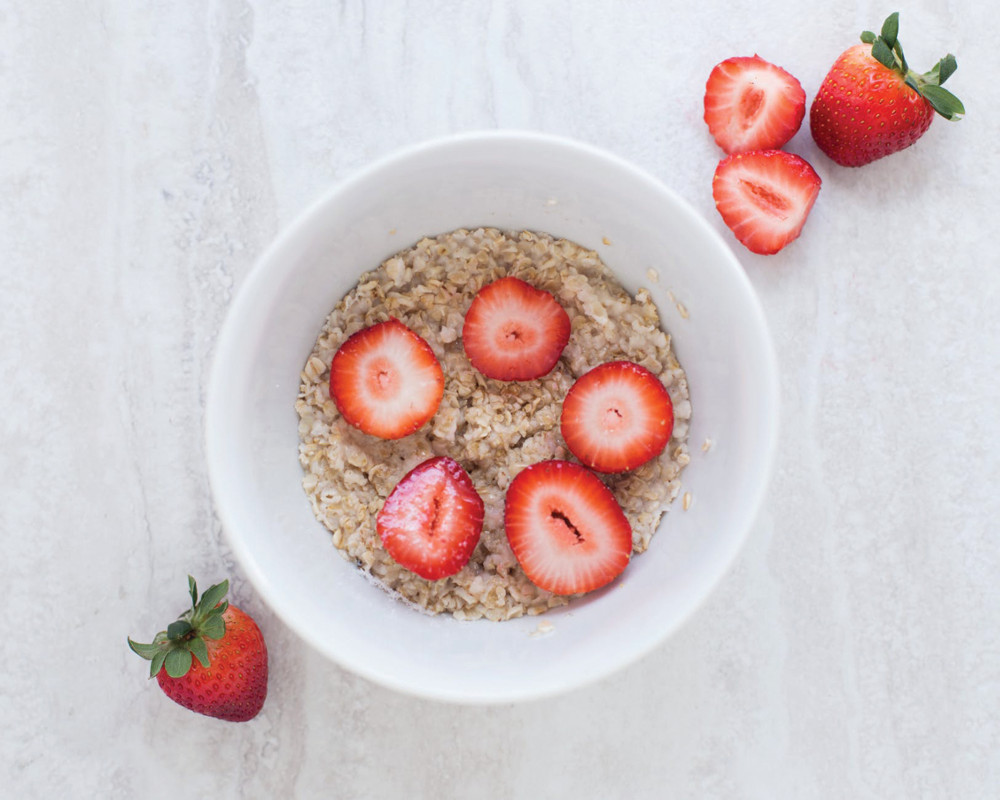Jodie Vanderslot | Health Editor
Featured image: It’s time we look at the nutritional profile of our “healthy foods.” | Keegan Evans
Is it low-carb, plant-based, and gut-healthy? Health fads are nothing new, and certain ingredients and food styles are hailed for being health-wise and free of weight gain.
They may be healthier alternatives worth the hype, but we need to distinguish between fact and fad.
Avocado, which has been linked with numerous health benefits and for a while, seems to be a headliner on every menu. It is a nutrient-dense fruit heavy in monounsaturated fats.
Avocado boasts major health benefits, such as lowering cholesterol levels in the blood, and decreasing the risk for a plethora of diseases. It’s also loaded with soluble fiber.
Avocados contain more potassium than bananas, and a large amount of folate (B9) which is essential for normal cell function and tissue growth. Due to the folate found in the fruit, studies suggest the food protects against colon, stomach, cervical, and pancreatic cancers.
It is also a known anti-inflammatory, which is useful in the diets of patients with multiple sclerosis. It should be noted, however, that avocados are the highest-fat fruit next to coconut—thus, portion sizes should be limited.
If it’s green, it’s clean—right? Today, green juice is the emblem of fad health-conscious alternatives.
Whether it’s advertised as kale, green, or detox juice, it’s commonly made from fruits and vegetables full of vitamins, minerals, chlorophyll, and antioxidants. These pressed juices may contain large quantities of vegetables—however, they are also loaded with sugar.
It may be a convenient and tasty way to eat your serving of greens, but in order to create this concoction, the ingredients must be pulverized, meaning the fiber (pulp) is extracted. In juicing and blending, sugar moves into your bloodstream faster without fiber.
In the mix, that sweetened taste contains more sugar than we’d like to believe—commonly 40 grams—plus, it won’t keep you full for as nearly as long.
Coconut oil is often praised for the benefits it has for your skin and hair, along with cooking and baking supplements.
Although this has been a long-standing remedy and holy grail product, there is little evidence to support its place in the kitchen. Coconut oil contains high amounts of saturated fats, which can contribute to higher cholesterol levels, increasing the ‘bad’ cholesterol that is commonly associated with heart disease.
Along the same misconceptions as coconut oil is Agave nectar. Agave gained its popularity as a low-glycemic sweetener, making it ‘diabetic friendly’ for its lower levels in glucose, thus not causing an unwanted spike in blood sugar levels.
Although Agave does not contain much glucose, it’s not necessarily healthier than other sugary substitutes. Its low glucose levels are primarily because its sugar content is high in fructose.
Agave is not more nutritious than honey, and when heated and processed, its health properties are broken down and turned into a concentrated syrup—not nectar.
As for oats, nuts, and dried fruit, granola seems quite healthy—however, what is misleading about all those nutritious ingredients is how much sugar and how many calories are hidden inside once they’re all rolled together. Granola is high in nutrients containing fiber and iron, but these benefits don’t account for the sugar, oils, and calories that are just as plentiful.
Similarly, oatmeal slows digestion and feeds the good bacteria in the digestive system, and is beneficial in lowering ‘bad’ cholesterol, which decreases one’s risk for heart disease.
Oatmeal is known for its fibre content and low calories, yet it still contains large amounts of fat. Further, flavoured oatmeal consists of almost six times as many calories as plain oatmeal.
Peanut butter is a dietary staple for many—however, a number of types and brands are healthier than others. Peanut butter contains vitamins B and E, iron, potassium, a rich amount of protein, and is often supplemented into many vegetarian diets.
The healthiest foods contain the fewest number of ingredients, and the same can be said for peanut butter; it is best when it is made from just peanuts.
Nuts are associated with a lower risk of heart disease, cancer, and premature death. However, when salt, sugars, and oils are added to the recipe, its nutritional profile is changed—often adding 100 to 150 milligrams of sodium and seven grams of sugar—when there were once none to begin with.
These ingredients contribute to the already-high amount of calories found in peanut butter.
Peanut butter is an excellent source of energy, though 100 grams consists of 20 grams of carbohydrates, 25 grams of protein, and 50 grams of fat. The fat content accounts for about 72 per cent of said calories.
Going as far as to calling them diet foods is counterintuitive.
Many believe that because a food is healthy, they can consume large quantities of it. While some foods may fall on the more nutritious side of the scale, excess can still not only prevent you from losing weight, but make you gain weight instead.
While healthy foods contain ‘good’ fats and nutrients, being a good source of protein to keep you feeling fuller for longer, they are still rich in fatty acids, carbohydrates, and calories—so whatever you’re snacking on, be mindful of what lies beyond the packaged nutrition label.


